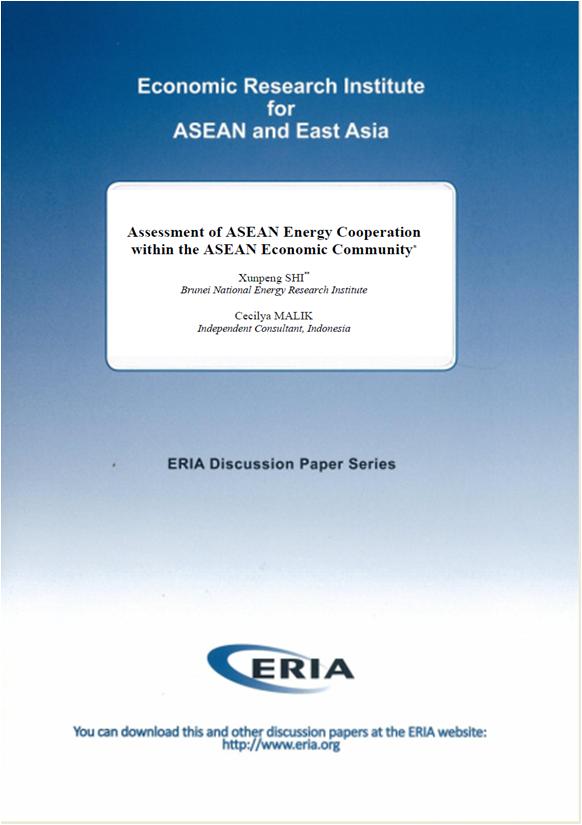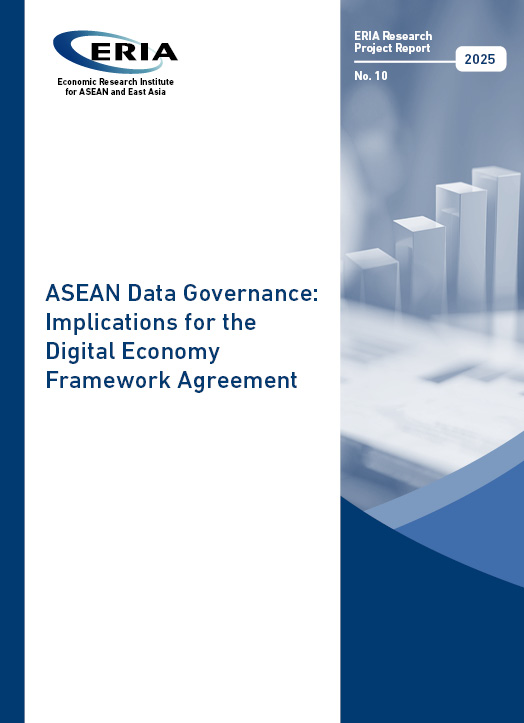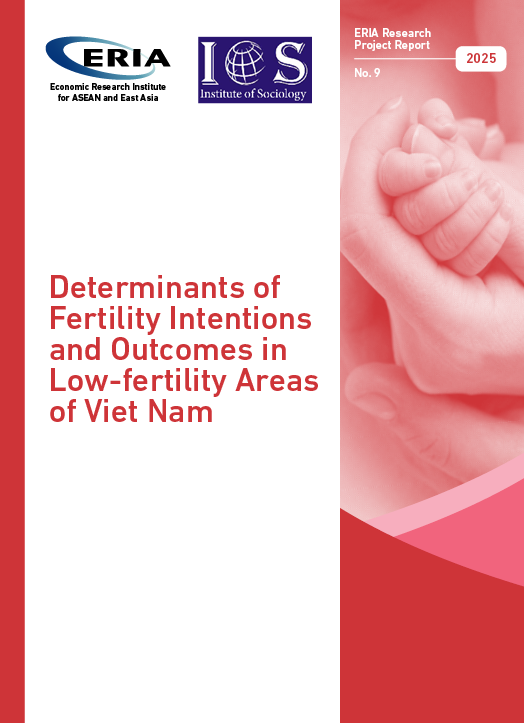Assessment of ASEAN Energy Cooperation within the ASEAN Economic Community

Date:
10 December 2013Category:
ASEAN, Energy, Infrastructure, Regulation and GovernanceType:
Discussion PapersTags:
Print Article:
Abstract
This paper assesses all the programmes and projects proposed in the ASEAN Economic Community (AEC) Blueprint and the ASEAN Plan of Action of Energy Cooperation (APAEC) 2010-2015. This paper also creates a scorecard to quantitatively assess the progress. A low score may imply that the targets are either not clearly defined or not realistic. This paper finds that there are significant challenges in the energy sector to meet the targets for the AEC in 2015. Progress, in terms of cooperation and referred to as 'soft infrastructure' in this paper, has been slower than that of the physical infrastructure. ASEAN energy cooperation is also challenged by factors such as financial constraints, the lack of fiscal arrangements, and the technical and regulatory differences between countries. To facilitate the implementation of AEC by 2015, we propose that ASEAN does the following: (1) coordinate national energy policies and regulations, project development, and monitor ASEAN Member States (AMSs) to fulfil their commitment; (2) strengthen the institutional infrastructure and cooperation, since this is as important as the physical infrastructure; (3) effectively mobilse resources for infrastructure projects via the leverage of public funds and the participation of the private sector; and (4) expedite the implementation of priority actions. It also suggests that "AEC beyond 2015" sets a clear vision and has a comprehensive coverage of the energy sector. It should update the plans on energy cooperation and the development of an energy infrastructure and continuously promote those tasks left over from the AEC 2015. It should also establish a regional governing institution on energy, follow economic principles, and use market instruments.




